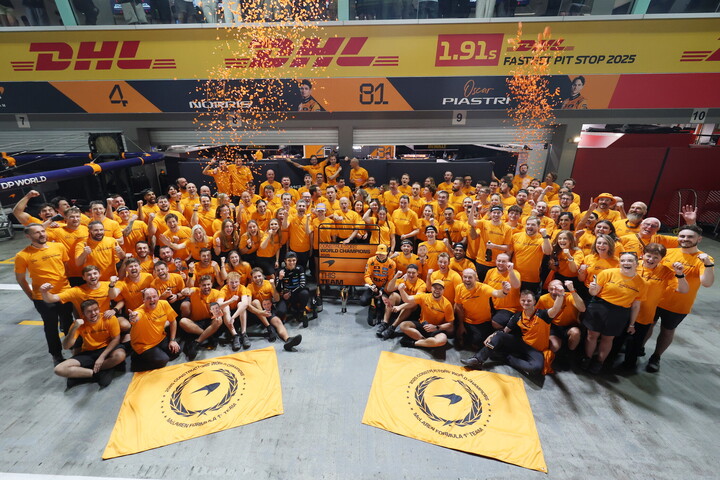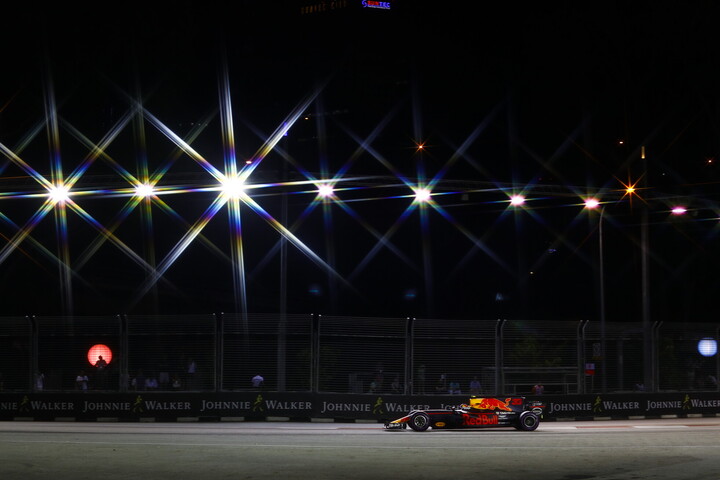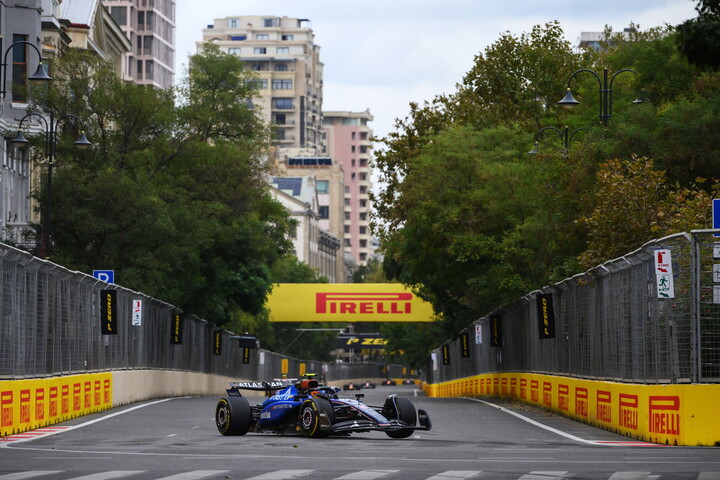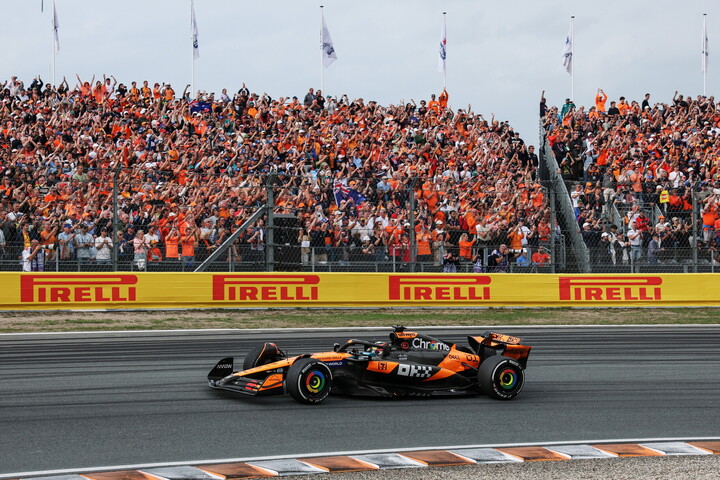Formula 1®: here is how the racing drivers train

When we watch a Formula One race, athleticism certainly isn't the first thing we notice. There are no spectacular overhead kicks or slam dunks to show off a driver's muscular prowess. We see no flexing of muscles at all, and the driver's helmet hides all signs of physical effort. One might even be forgiven for thinking that a Formula One driver requires no more fitness training than a teen playing a videogame.
Actually, that's what the drivers themselves thought up until around the 1980s. For the great champions of the early years of Formula One—Farina, Fangio, Ascari—most likely it was enough to go out for a run now and then or play an occasional pick-up game with friends to stay in shape. What counted more than top physical fitness was skill behind the wheel, razor-sharp focus, and a whole lot of luck.
Riccardo Ceccarelli, director of Formula Medicine, the team of doctors, psychologists, trainers, and physical therapists who have been taking care of F1® drivers or over 20 years now, tells us that things began to change in the 1980s. At that time, the cars had no power steering, so steering was direct and very heavy. The tyres were also wider, so it took much greater effort to turn the steering wheel. Not to mention the forces being exerted on the driver's neck (which could reach peaks of 30-35kg in curves). At that time, there was still no headrest and the helmet stuck outside the vehicle, so to deal with these forces, drivers began going to the gym to strengthen shoulders and arms in particular.
Among the sports, F1 racing was not only one of the most dangerous, but also one where technology and technical equipment were absurdly dated, contrasting with the sharp evolution of engines, aerodynamic and tyres of that time. Apart from safety in the race, the driver had to provide for himself to prevent injuries inside the cockpit: they had to improve their endurance through hard work in order to keep going fast in the always-increasing competition to take control over the international race championship.
Going for a quick jog was no longer enough.
They soon realised that not even going to the gym would suffice. Dr Ceccarelli's studies of top drivers in action began to reveal a surprising number: average driver heart rates of over 170 beats per minute. In other words, sitting in a car for over two hours gave them a heart rate greater than a professional cyclist under effort. Therefore, driving for a whole length of a grand prix, and for 21 races per championship, looks more like the effort of a professional athlete than it was previously considered. It became clear that the biceps or neck muscles weren't the muscles under the greatest strain during a Formula One race. The muscle working the hardest was the heart.
Hence the need for targeted training of what Dr Ceccarelli calls the “fuel pump” of the human body. Indeed, the role of the heart is to pump blood throughout our bodies, and the bigger the pump, the more blood there is flowing through an athlete's body.
As a result, extended sessions of cycling were added to workouts in the gym. Dr Ceccarelli explains that it wasn't easy, at first, to convince men whose sport entailed sitting down that they needed to train on a bike, and yet many racing drivers today are also champion triathletes. Others have even bought their own cycling teams. Their performance is so tightly related to their strength and athleticism that medical science designed a flexible but unique practice program for each of the F1 pilots, for any different situation. Think of the different stress every circuit has on the body, how every pilot has a different needs, if young or with experience, how the stress of Ferrari is different from the one the McLaren has on the pilot, etc.
In short, Formula One drivers today truly have great heart. Their doctor says so.




